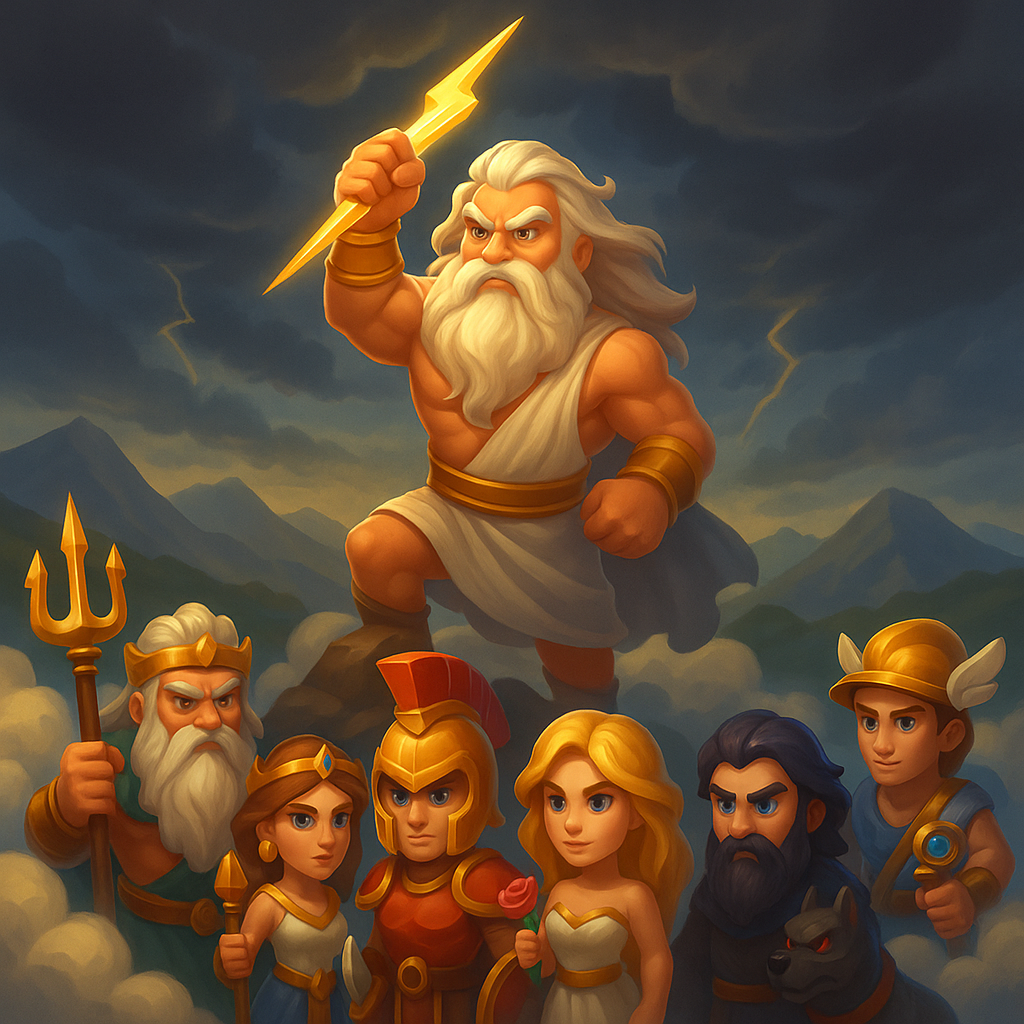Mobile gaming has come a long way in just a few decades. From the pixelated simplicity of Snake on early Nokia phones to the expansive digital universes of today, the transformation has been nothing short of extraordinary. Let’s explore how mobile games have evolved into global entertainment ecosystems.
Pubblicità
🐍 1. The humble beginnings
In the late 1990s, games like Snake and Tetris became global obsessions. They were simple, offline, and designed to pass a few minutes of time — true “time-killers.”
📱 2. The rise of smartphones and app stores
The launch of the iPhone (2007) and App Store (2008) revolutionized mobile gaming. Titles like Angry Birds, Fruit Ninja, and Cut the Rope introduced addictive mechanics and intuitive touchscreen controls, making mobile gaming mainstream.
🎮 3. Console-quality games in your pocket
By the mid-2010s, powerful smartphones allowed developers to create complex, graphically rich games. Genshin Impact, Call of Duty Mobile, PUBG Mobile offered immersive experiences once reserved for consoles and PCs.
🌍 4. Social and multiplayer revolution
The integration of multiplayer, live events, and in-game communities brought players together worldwide. Games like Clash of Clans and Roblox turned gaming into a social experience, not just solo entertainment.
🔮 5. Enter the metaverse
Today, mobile gaming is at the forefront of metaverse exploration. Platforms like The Sandbox, Zepeto, and Roblox Mobile allow players to create avatars, build worlds, own digital assets, and socialize in shared virtual spaces. Mobile devices have become gateways to vast, interconnected digital universes.
🎯 Conclusion
The journey of mobile games from simple time-passers to immersive metaverse platforms reflects the incredible pace of technological and creative innovation. What started as tiny pixels on a small screen has evolved into global communities, economies, and limitless possibilities.

